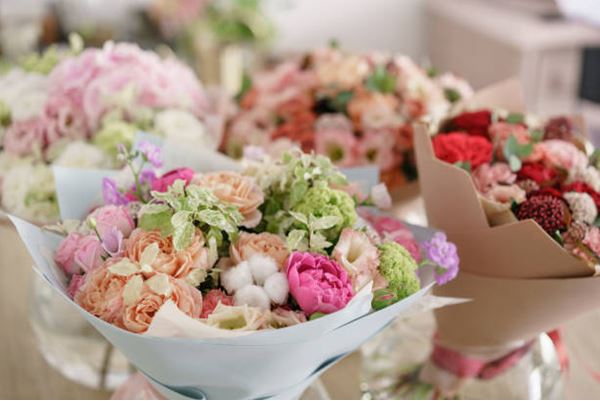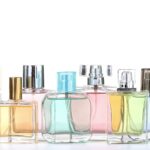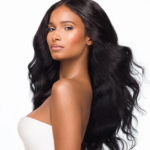Flowers are not just beautiful see; they assume a urgent part in our environment by drawing in pollinators like honey bees and butterflies. These little creatures are at risk for the preparation of plants, which is central for the improvement of normal items, vegetables, and blooms.Without pollinators, our food supply and the magnificence of our regular scenes would be seriously influenced.
In this article, we will investigate the universe of blossoms that act as a pollinators’ heaven, drawing in honey bees and butterflies with their dynamic tones, scents, and nectar-rich sprouts. We will likewise specify how blossom conveyance administrations, like Bloom Conveyance Adelaide, can assist you with bringing these pollinator-accommodating blossoms into your home and nursery.
The Importance of Pollinators
Prior to diving into the particular blossoms that draw in honey bees and butterflies, it’s critical to comprehend the imperative job these pollinators play in our environment. Honey bees and butterflies are among the best pollinators, and they contribute fundamentally to the propagation of blossoming plants. At the point when they visit blossoms looking for nectar and dust, they unintentionally move dust from the male conceptive organs (anthers) to the female regenerative organs (disgrace) of different blossoms, prompting treatment and the development of seeds.
This process is essential for the following reasons:
1. Food Production: Many of the fruits, vegetables, nuts, and seeds we rely on for our diets are the result of pollination. Examples include apples, almonds, strawberries, and coffee beans.
2. Biodiversity: Pollination is crucial for the survival of countless plant species. It helps maintain biodiversity by enabling the reproduction of various plants, which, in turn, supports diverse animal populations.
3. Economic Value: The economic value of pollinators is immense. In the United States alone, pollinators contribute billions of dollars annually to the agricultural sector.
4. Aesthetic Beauty: Pollinators also play a significant role in maintaining the beauty of natural landscapes and gardens by pollinating flowers and ornamental plants.
Flowers That Attract Fees
Here are some of the flowers that act as a pollinators’ paradise and attract bees and butterflies.
1. Lavender (Lavandula spp.):
Lavender is not only prized for its soothing fragrance but also for its ability to attract bees and butterflies. Its violet, purple, or blue spikes of flowers produce nectar that pollinators find irresistible. Planting lavender in your garden can create a visually appealing and pollinator-friendly space. You can easily find lavender plants through Flower Delivery Adelaide to enhance your garden’s beauty and functionality.
2. Sunflowers (Helianthus annuus):
Sunflowers are iconic for their bright yellow petals and large, disk-shaped centers filled with seeds. These lively blossoms are a number one among honey bees and butterflies because of their extensive nectar creation. Sunflowers can be an incredible expansion to your nursery, giving a pop of variety and drawing in these
3. Coneflowers (Echinacea spp.):
Coneflowers, with their striking pink, purple, or white petals and unmistakable spiky focuses, are exceptionally alluring to honey bees and butterflies. They are outwardly engaging as well as give a wellspring of nectar throughout the mid year and fall months when pollinators need it most.
4. Bee Balm (Monarda spp.):
True to its name, bee balm is a favorite among bees. This native North American plant produces clusters of tubular, nectar-rich flowers in various shades, including red, pink, and purple. It’s an excellent choice for both pollinator gardens and cut flower arrangements. Consider using Flower Delivery Adelaide to incorporate bee balm into your floral displays.
5. Butterfly Bush (Buddleja spp.):
As the name suggests, the butterfly bush is a magnet for butterflies. Its long, slender flower spikes are filled with sweet nectar that entices butterflies of all kinds. This shrub can become a focal point in your garden, providing a constant source of delight as you observe various butterfly species fluttering about.
6. Salvia (Salvia spp.):
Salvia, also known as sage, is a diverse genus that includes many species with vibrant, tubular flowers. These flowers are a favorite of both bees and butterflies, making salvia an excellent addition to your garden. From deep blues and purples to vibrant reds, you can find salvia varieties to suit your garden’s color palette.
7. Milkweed (Asclepias spp.):
Milkweed is perhaps the most crucial plant for monarch butterflies, as it serves as the primary food source for their caterpillars. Its fragrant, pink or orange flowers are highly attractive to monarchs and other pollinators. By planting milkweed in your garden, you can support monarch butterfly conservation efforts.
Conclusion
Creating a pollinators’ paradise in your garden is not only a visually rewarding endeavor but also a way to contribute to the preservation of our ecosystem. Bees and butterflies, as essential pollinators, rely on flowers for nectar and pollen. By planting flowers that attract these beneficial insects, you play a vital role in supporting biodiversity, food production, and the overall health of our environment.
Flower Delivery Adelaide can be a valuable resource in helping you bring these pollinator-friendly flowers to your home and garden. Whether you decide to establish lavender, sunflowers, coneflowers, honey bee medicine, butterfly shrubbery, salvia, or milkweed, your endeavors won’t just enhance your environmental elements yet in addition give an inviting sanctuary to honey bees and butterflies, guaranteeing their proceeded with endurance for a long time into the future. In this way, go on, embrace the excellence of nature, and make your nursery a pollinators’ heaven.








